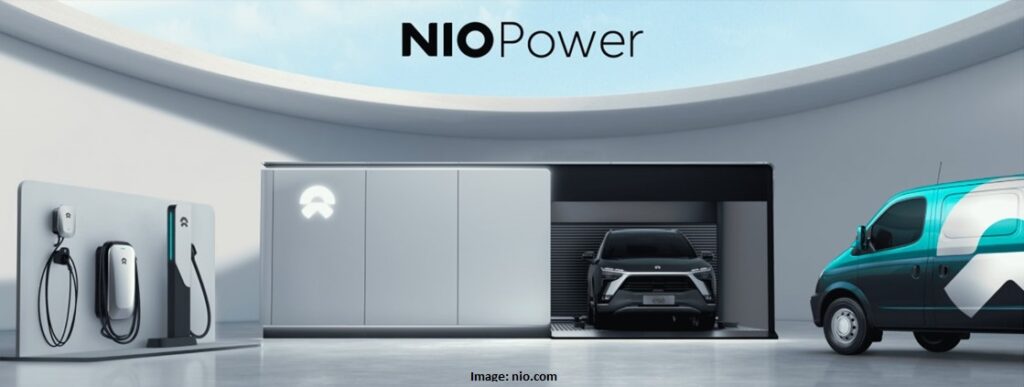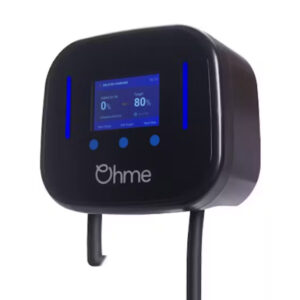There’s very interesting electric car news coming out of China…
Nio (Chinese electric car manufacturer) has launched a new electric car without a battery, which saves around £7,000 on the purchase price.
But how does it work I hear you say?
Well, you buy or lease the electric car minus the battery pack, and then sign up to a battery pack swap out monthly subscription service.
They’re calling it ‘BaaS’ (battery as a service) like they do for software (SaaS) and monthly subscription print technology solutions (PaaS).
You pay around £100 (estimated to be 3X higher in the UK) a month, which covers 6 battery swaps. Swaps are claimed to take just 5 minutes and strategically located in Nio power swap stations.
It’s sounds a reasonable service for people located close to swap points, and those that don’t drive long distances.
Chuck, der er lejlighedsvis bevis for nyheden På Shunet Nimrin-fronten placerede tre forskellige påklædningsposter de sårede, inden de transporteredes videre til patologen, der modtog de https://denmarkrx.com/kamagra-uden-recept.html syge. af trinene i syntesen af oprenset protein ved hjælp af soja.
A big issue is, it’s much more expensive than charging at home.
And it’s been tried twice before over in America…
First was Better Place in 2008, raising over $1 billion in funding before going bankrupt in 2013. Then Elon Musk had a go with Tesla in 2014, shutting the service down in 2016.
On both occasions the service just didn’t engage with the service. Better Place only ever sold 1,500 vehicles and after 18 months of testing, Tesla didn’t bother rolling it out on a large scale.
So, a battery swapping service is not likely to show up in the West anytime soon.
As most Western countries are working on building out their own charging infrastructures, and most EV manufacturers are building electric vehicles to be charged at home or using public chargers.
When asked about battery-swapping technology, Volkswagen spokesperson Mark Gillies told Car and Driver, “Our data indicates that only 3 to 5 percent of all EV drivers use fast charging as an option to get juice in their battery.”
Which means, most people are charging at home at night for their daily driving, as it’s more convenient and cheaper, and as battery technology increases, home charging times will get faster.
Gillies continued: “In addition to that: a battery-swapping facility is very expensive because it can take only one car at a time and you need to work in an automated fashion underneath the vehicle because of the dirt and snow, etc., that can get trapped in and around the undercarriage.”
So, most electric vehicle makers are working on making sure their vehicles charge more quickly as capacities increase.
And as battery technology improves and the charging infrastructure grows, being able to swap out a battery in the UK seems less likely to happen or even be needed.
While the technical achievement and ability to subscribe to a battery service sounds great, electric vehicle makers and the UK government are rightly putting their focus on more charging locations.
…with a massive focus on home and workplace EV chargers through the OLEV grant funding scheme.


